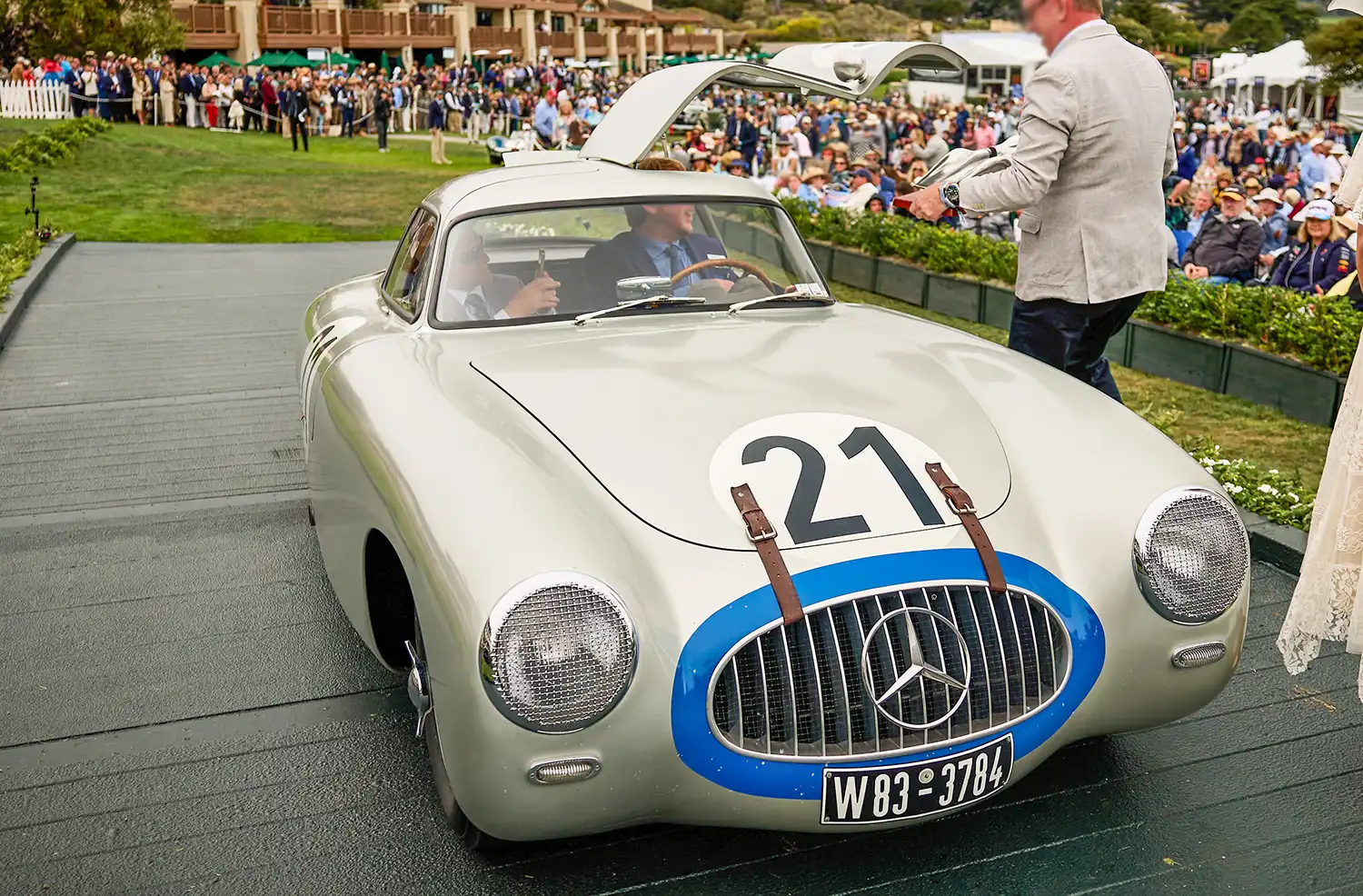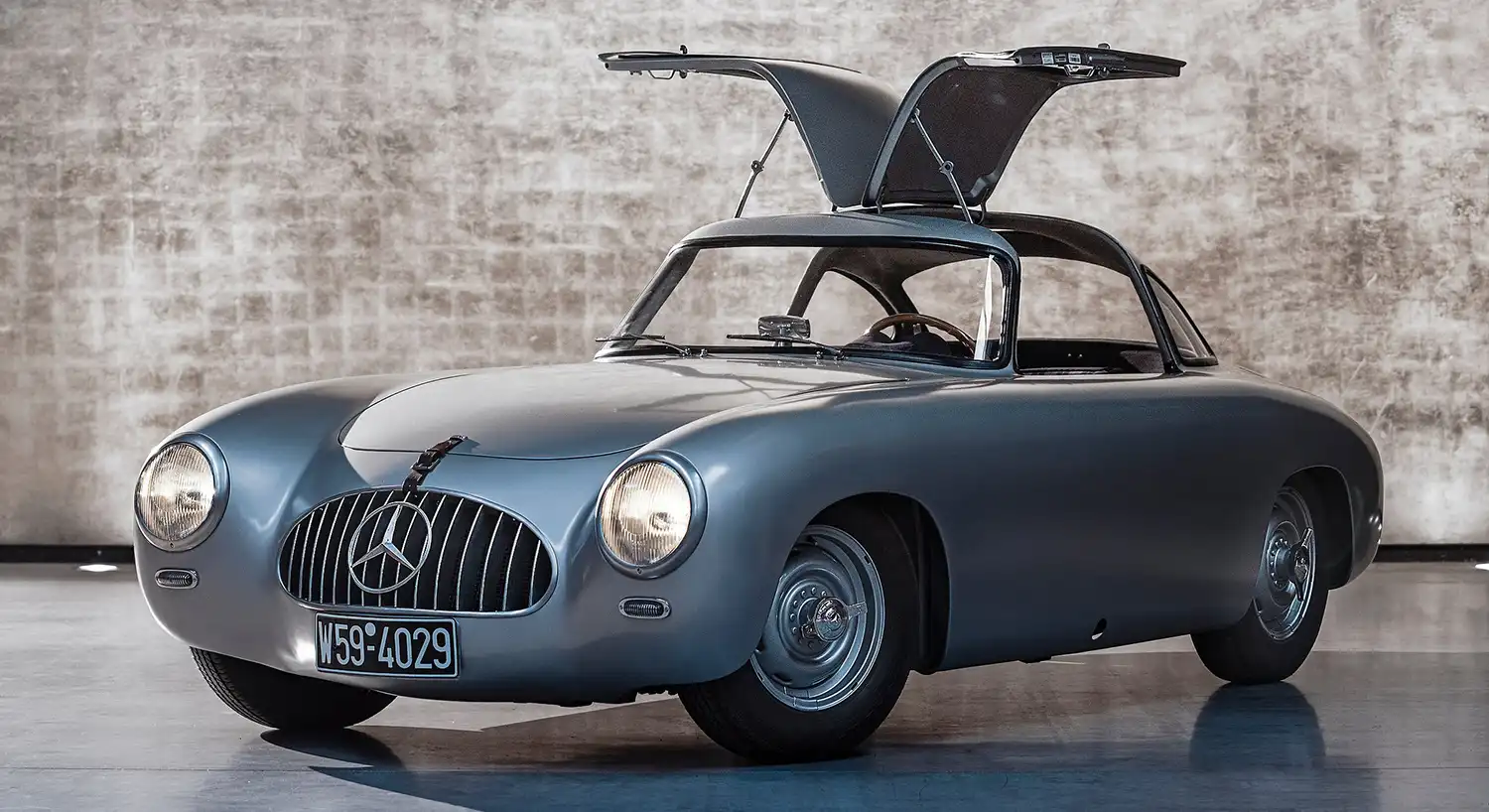
Have you ever wondered where the story of Mercedes-Benz sports cars truly began? The answer lies in the legendary 1952 Mercedes-Benz SL. More than just a car, it became a powerful symbol of racing innovation and design brilliance. Its motorsport victories and bold engineering defined the future of the SL lineage.
The Genesis of the 1952 Mercedes-Benz SL
The journey of the 1952 Mercedes-Benz SL started with ambition. After years away from international racing, Mercedes-Benz sought a strong comeback. They built the W194, a purpose-designed race car. It was shaped by the need for speed, efficiency, and aerodynamic superiority.
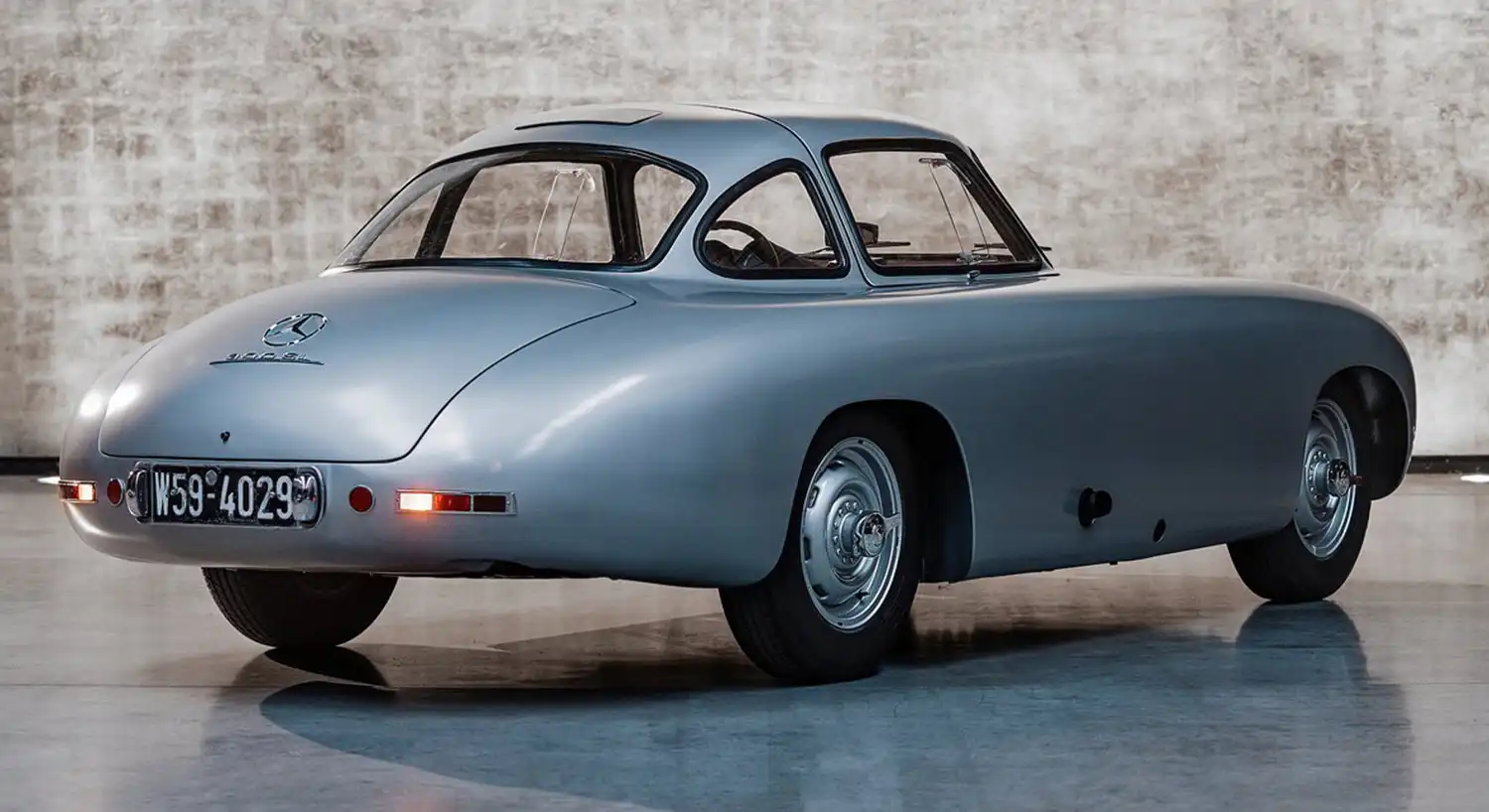
Innovative Design Set the SL Apart
The W194’s tubular space frame made it exceptionally lightweight and rigid. However, this design made traditional doors unworkable. The solution? Gullwing doors, an engineering workaround that became an automotive icon. These doors weren’t for flair alone; they were born from necessity and became the SL’s signature.
Racing Triumphs That Made History
The 1952 Mercedes-Benz SL quickly proved itself in elite motorsport events. It claimed a 1-2-3 finish at the Bern Grand Prix. It followed up with a commanding 1-2 victory at the 24 Hours of Le Mans. The Carrera Panamericana also bowed to its might. Each race win reinforced the SL’s dominance and Mercedes-Benz’s engineering capabilities.
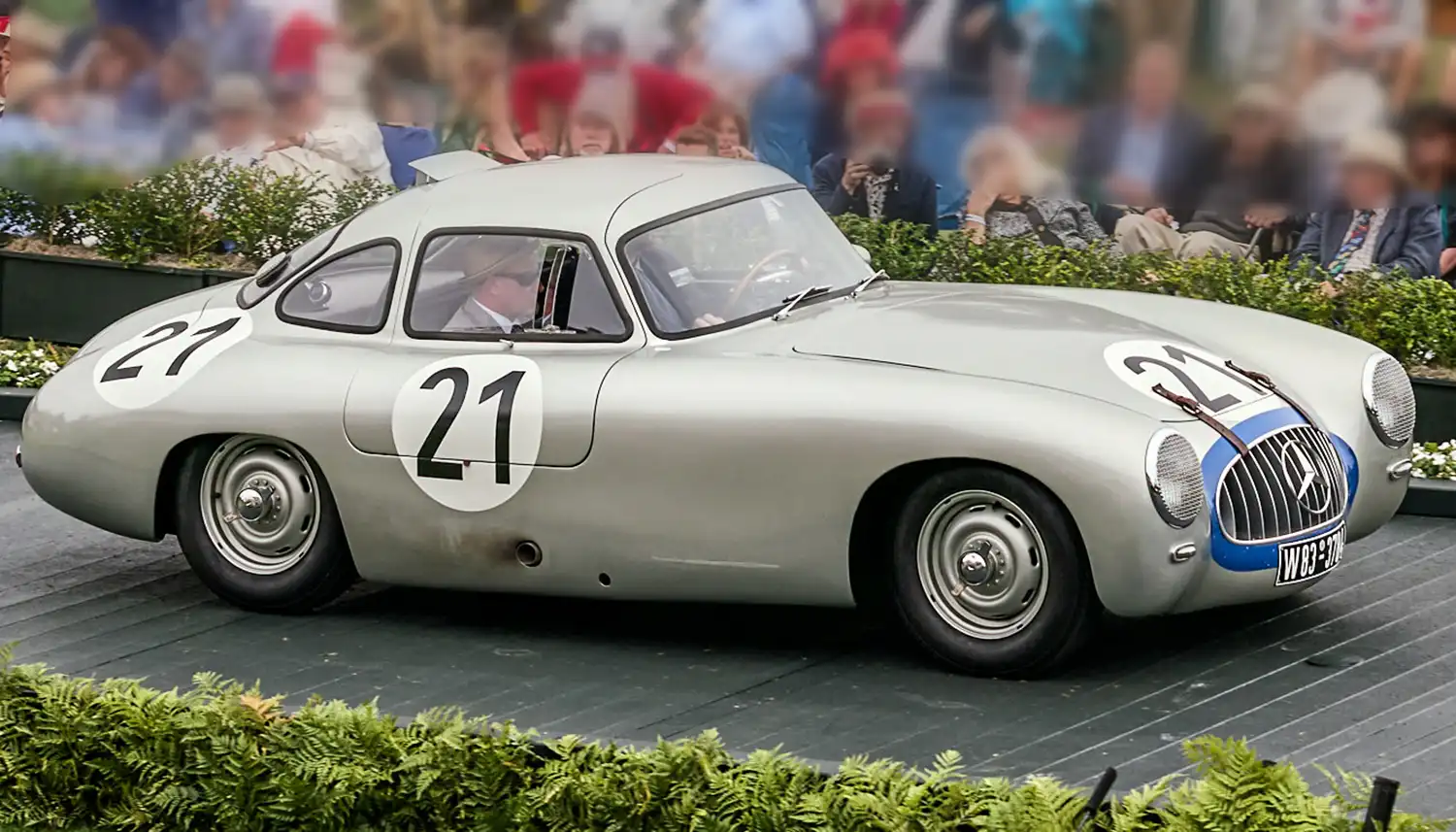
Performance Specs of the 1952 Mercedes-Benz SL
At the core of the W194 was a powerful inline-six engine. Borrowed and adapted from the 300 sedan, this unit was tilted to the side. This smart modification allowed for a lower profile and better aerodynamics. Producing around 170 horsepower, it was mated to a four-speed manual gearbox, delivering thrilling and agile performance.
From Track to Road, The 300 SL Is Born
American importer Max Hoffman recognized the W194’s appeal beyond racing. His influence led Mercedes-Benz to build a production version, the 300 SL Gullwing. Released in 1954, it carried the race car’s DNA to the road. It sparked a new era of sports car design and international acclaim.
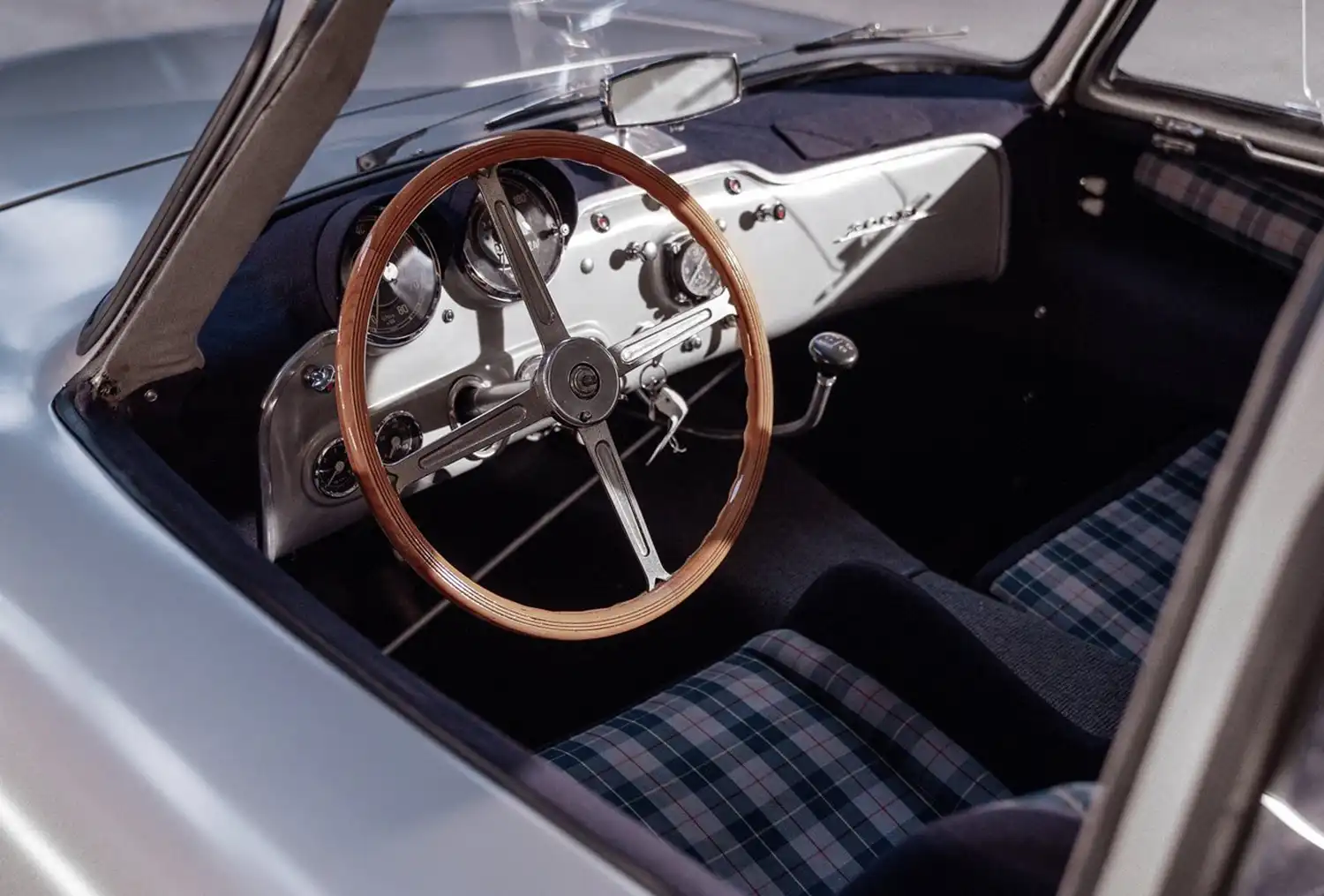
Design That Blends Art and Function
The original SL design remains stunning to this day. Its long, sculpted hood and short rear deck were perfectly proportioned. The iconic grille, aerodynamic shape, and purposeful curves turned heads. Every detail served a purpose. This was functional beauty at its finest.
Enduring Legacy of the 1952 Mercedes-Benz SL
The 1952 SL defined the future of Mercedes-Benz sports cars. Its influence can still be felt in every SL model that followed. The combination of performance, luxury, and innovation became the brand’s hallmark. To this day, the SL name represents excellence and heritage.
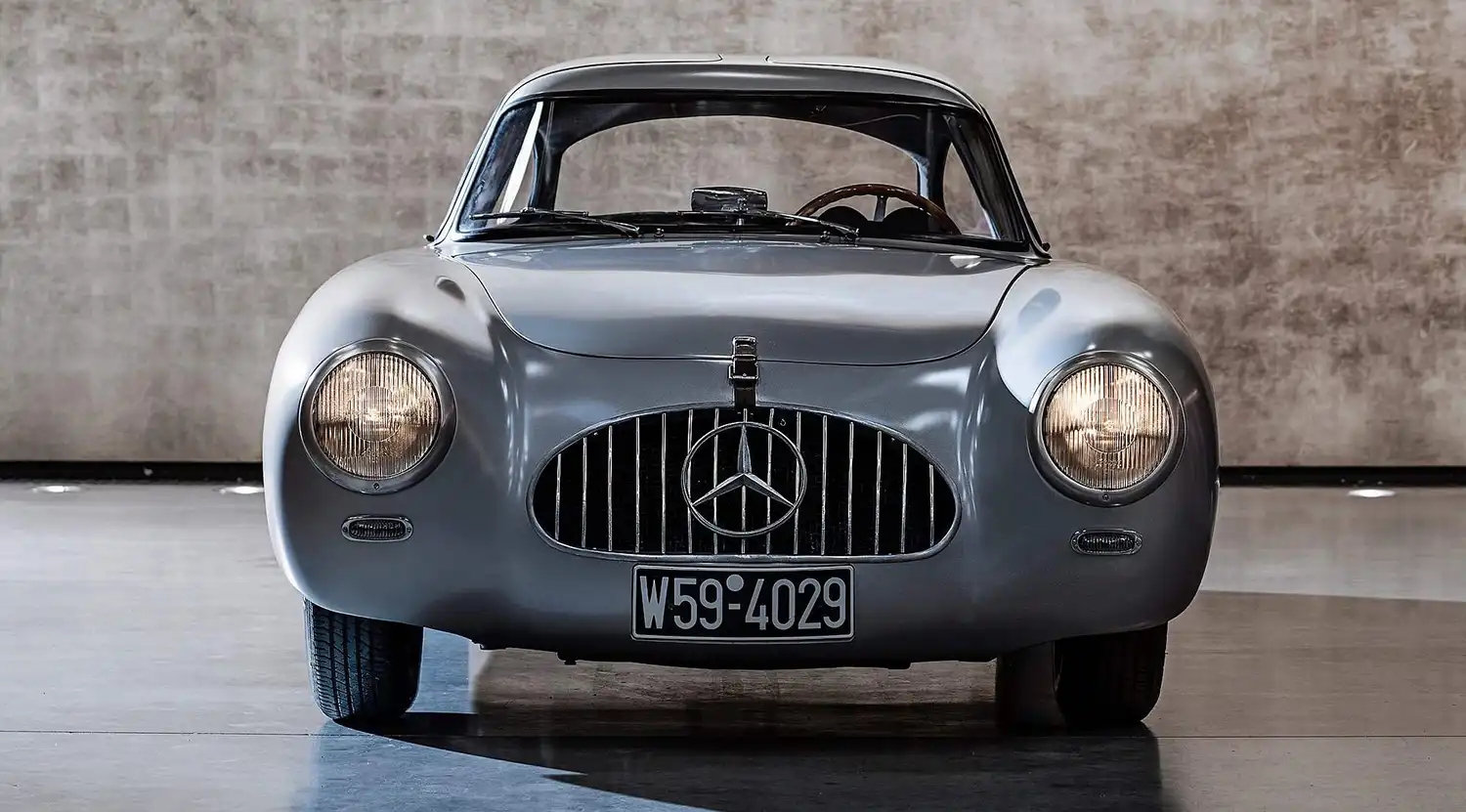
Highly Valued and Collectible Today
Original 1952 Mercedes-Benz SL cars are incredibly rare. Their motorsport success, engineering brilliance, and historical value make them prized collector pieces. When they surface, they command impressive figures, each one a rolling piece of history and design legacy.
A Foundation for Mercedes-Benz’s Future
The SL’s success reinvigorated Mercedes-Benz. It proved the brand’s ability to compete, and win, at the highest levels. It paved the way for future technological advancements and high-performance models. More than a car, the SL became a turning point.
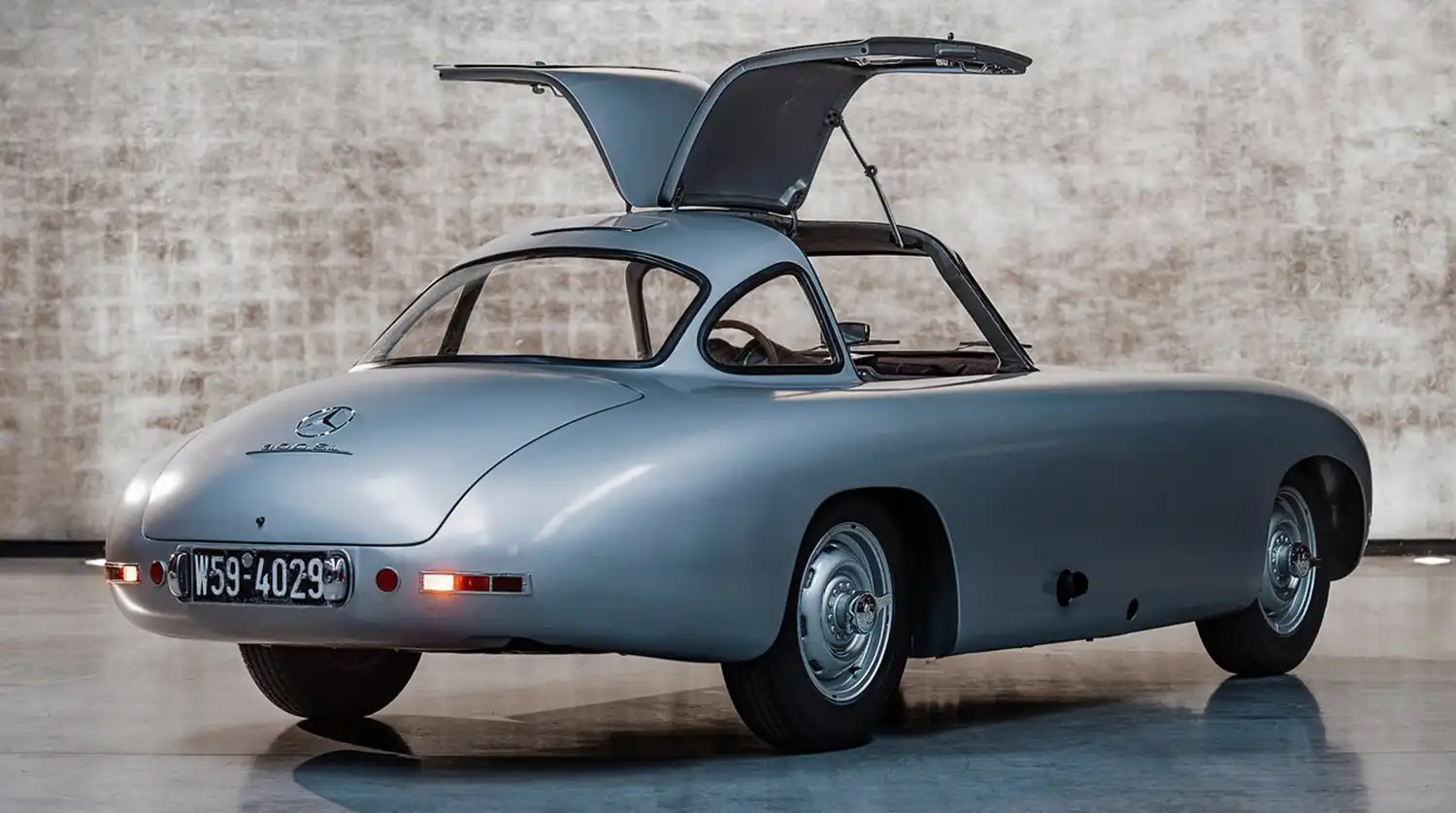
Performance and Luxury Combined
Though born for competition, the SL easily transitioned to touring. Its cabin offered comfort for long-distance drives. Its engine delivered smooth, effortless power. Whether sprinting on a track or cruising down the autobahn, it did both with elegance.
Summary
The 1952 Mercedes-Benz SL isn’t just a chapter in automotive history, it’s a foundation. With groundbreaking engineering and unforgettable style, it helped redefine performance and luxury. Its legacy remains alive in every SL that followed.
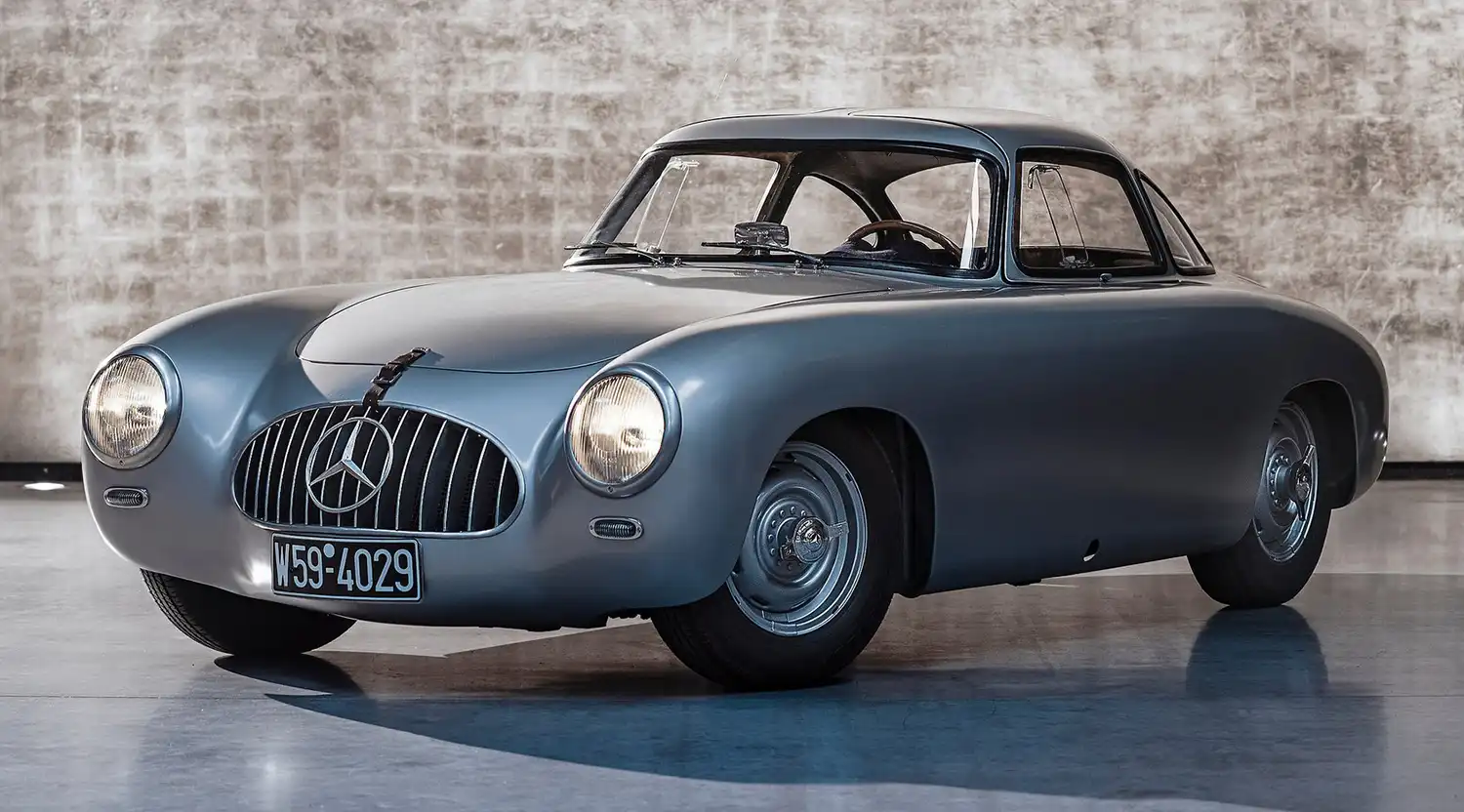
Disclaimer: This article provides general historical and descriptive information about the vehicle and does not imply any offer for sale or guarantee of current condition.
Source: Mercedes
